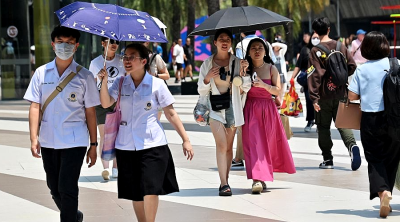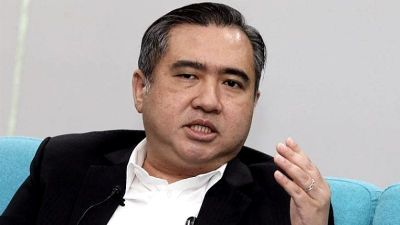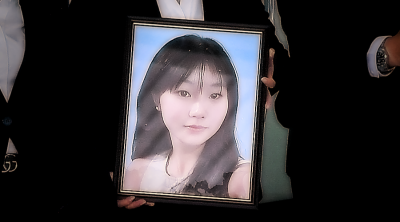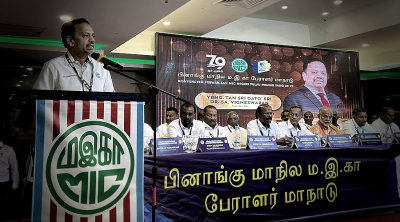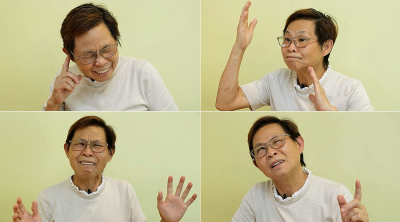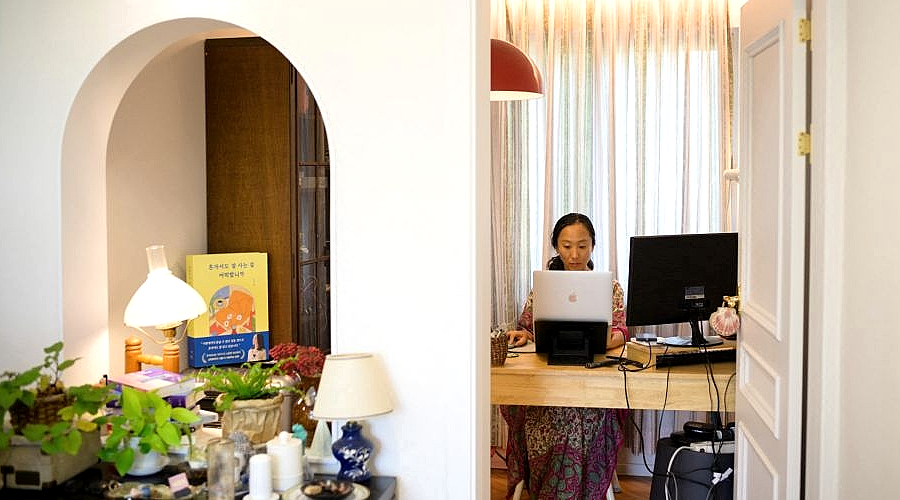
SEOUL: In South Korea, being famous has never been more accessible, and at the same time, financially unstable.
With the explosion of streaming, YouTube, and social media, public visibility is easier to achieve than ever before.
But as the platforms have multiplied, so have misconceptions about what it actually means to be a “full-time” celebrity, influencer or digital creator.
While the term “celebrity” once referred to established TV personalities and chart-topping singers, it now applies just as easily to actors in streaming-only dramas or influencers with tens of thousands of followers on Instagram.
What’s far less clear is who among them actually earns enough to do it professionally.
So how much do you need to earn to be considered a full-time celebrity in Korea?
There is no magic number that everyone agrees on, but there is a starting point among industry insiders.
If you are not earning comfortably more than the average full-time Korean worker, which was 43.56 million won (RM130,000) in 2023 according to Statistics Korea, it becomes difficult to call your work a full-time job.
That is because creative income can be unpredictable. You might have a great month followed by several with almost nothing.
Detailed national data about entertainers and creative workers offers a chance for data-based analysis.
According to the Ministry of Culture’s 2024 national survey of 5,000 creative workers, just 17.6 percent of broadcast entertainers earned more than 50 million won, equivalent to about $3,056 per month, from creative work in 2023. For pop musicians, just 4.7 percent did.
The ministry uses a broad definition of “broadcast entertainer,” including actors in traditional TV and streaming shows, comedians, emcees, and participants in various forms of reality or variety programming.
A key distinction the report makes is between total household income and income earned strictly from creative work.
For broadcast entertainers, average total household income hovered around 52 million won in 2023.
But when isolating earnings from core creative activities, the average drops sharply to just 24.9 million won.
Musicians fared the worst. Their average household income stood at 46.5 million won, but income from actual music-related activities was a mere 10.3 million won, which is less than a quarter of the total.
This gap matters because total income often includes a mix of earnings unrelated to creative work, such as spousal income, side jobs, teaching, marketing gigs, business revenue—even government subsidies.
As a former talent manager at a mid-sized multi-channel network explains, that matters. MCNs are companies that manage digital creators to help them grow.
“If most of what you earn comes from things other than creative work, even if your total income looks good, you’re not really a professional entertainer or influencer. You’re technically someone who does creative work part-time,” said the manager, who asked to be identified only as Hwang.
Hwang offers a clearer framework for defining a full-time creator: at least 50 million won in annual income, with more than two-thirds of it coming directly from creative activity, sustained over two to three years.
“One strong year doesn’t mean you’ve made it,” she said.
“Going viral once is like winning the lottery. A real full-time creator earns a living from their craft consistently and predictably.”
By that standard, the vast majority of digital creators in Korea fall short.
According to data submitted by the National Tax Service to the National Assembly’s Strategy and Finance Committee (via Rep. Yang Kyung-sook of the Democratic Party), in 2022 there were 39,366 individual media content creators in Korea who reported income to tax authorities. Their average annual income was just 29 million won.
The income gap within the creator economy was extreme: the top 10 percent, or 3,936 creators, reported average annual earnings of 221 million won, or about $161,100.
At the same time, the bottom 50 percent of creators made less than 300,000 won annually—just over $220.
At the very top of the pyramid, the top 1 percent (393 individuals) earned a combined total of 333.2 billion won in 2022. That puts their average annual income at around 850 million won, or about $620,000.
“Digital content is now one of the most extreme winner-take-all markets in Korea,” says Hwang.
“What used to be true of television, where a minority of celebrities made most of the money, is now magnified across every platform. YouTube, Instagram, streaming. The top 1 percent earn in billions, and the rest fight for scraps.”
It’s tempting to assume this is just the nature of creative industries everywhere. But according to Hwang, it’s no exaggeration to say that Korea’s case is a little more extreme.
The country’s media and cultural markets are unusually dense and digitally integrated. Algorithms change fast.
Viewership is limited by language and audience tastes shift overnight. And with the barrier to entry lower than ever, competition is relentless.
“The system rewards visibility, and doesn’t support sustainability at all,” says Hwang.
“You can get famous in one week and be broke the next.”
ADVERTISEMENT
ADVERTISEMENT









